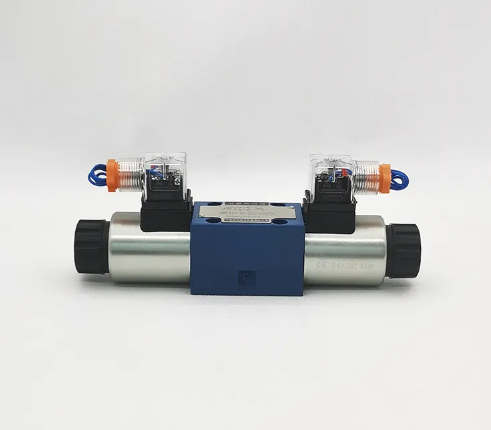What are the Different Types of Mud Pumps?
Mud pumps play a crucial role in various industries, facilitating the transportation of drilling fluids during drilling operations. Understanding the different types of mud pumps is essential for optimizing performance and ensuring efficiency in such operations.
The primary types of mud pumps are triplex and duplex pumps. Triplex pumps, as the name suggests, consist of three pistons, while duplex pumps have two. This fundamental distinction influences their operational characteristics and applications.
Triplex mud pumps are renowned for their high-pressure capabilities, making them suitable for challenging drilling environments. The presence of three pistons allows for a continuous and smoother fluid flow, reducing pulsation and enhancing overall performance. These pumps are commonly utilized in deep drilling operations where higher pressure is required to overcome geological challenges.
On the other hand, duplex mud pumps, with their simpler design of two pistons, offer advantages in terms of ease of maintenance and cost-effectiveness. While they may not achieve the same level of pressure as triplex pumps, duplex pumps remain valuable in less demanding drilling scenarios. Their reliability and straightforward maintenance make them a preferred choice in certain applications.
Additional reading:What is aluminum extrusion?
Mechanics and Applications of Horizontal Slurry Pumps
How do I choose the right sealing gasket?
Selecting the Perfect Vertical Slurry Pump: Factors to Consider
Exploring the Diverse Applications of Gravel Pumps
The Benefits of Custom Bearings
Types of Forklift Attachments
The choice between triplex and duplex mud pumps depends on the specific requirements of the drilling operation. Factors such as depth of drilling, geological conditions, and budget considerations play a crucial role in determining the most suitable pump for the task.
In drilling operations where precision and consistent pressure are paramount, triplex mud pumps shine. The ability to handle high-pressure situations ensures that the drilling process can proceed smoothly even in challenging geological formations. This is particularly relevant in the oil and gas industry, where drilling often involves penetrating through various rock layers.
Conversely, duplex mud pumps find their niche in less demanding drilling activities. The simplicity of their design makes them easier to maintain, reducing downtime and associated costs. In situations where extreme pressure is not a primary concern, duplex pumps offer a practical and economical solution.
In conclusion, the choice between triplex and duplex mud pumps is a critical decision that directly impacts the efficiency and cost-effectiveness of drilling operations. Both types have their unique strengths and applications, catering to different needs within the diverse landscape of drilling activities. By understanding these distinctions, industry professionals can make informed decisions that optimize performance and contribute to the overall success of drilling projects.
The Core Function of Slurry Pump Impellers
How does a universal joint work?
Which is better CV joints or universal joints?
Where is tyre coupling used?
How to Achieve Gear Coupling Reliability
How GIM Revolutionizes Plastic Manufacturing: Advantages and Applications
What Is the Fuel Efficiency of Caterpillar Diesel Engines?
149
0
0
Previous: What is medical injection molding?
Related Articles


_0](0{KK63W33]FN0084.png](https://images.techoeidm.com/upload/default/20240119/18a85010c1b1a84f4e1edc7581eff4d7.png)








Comments
All Comments (0)